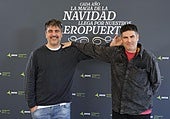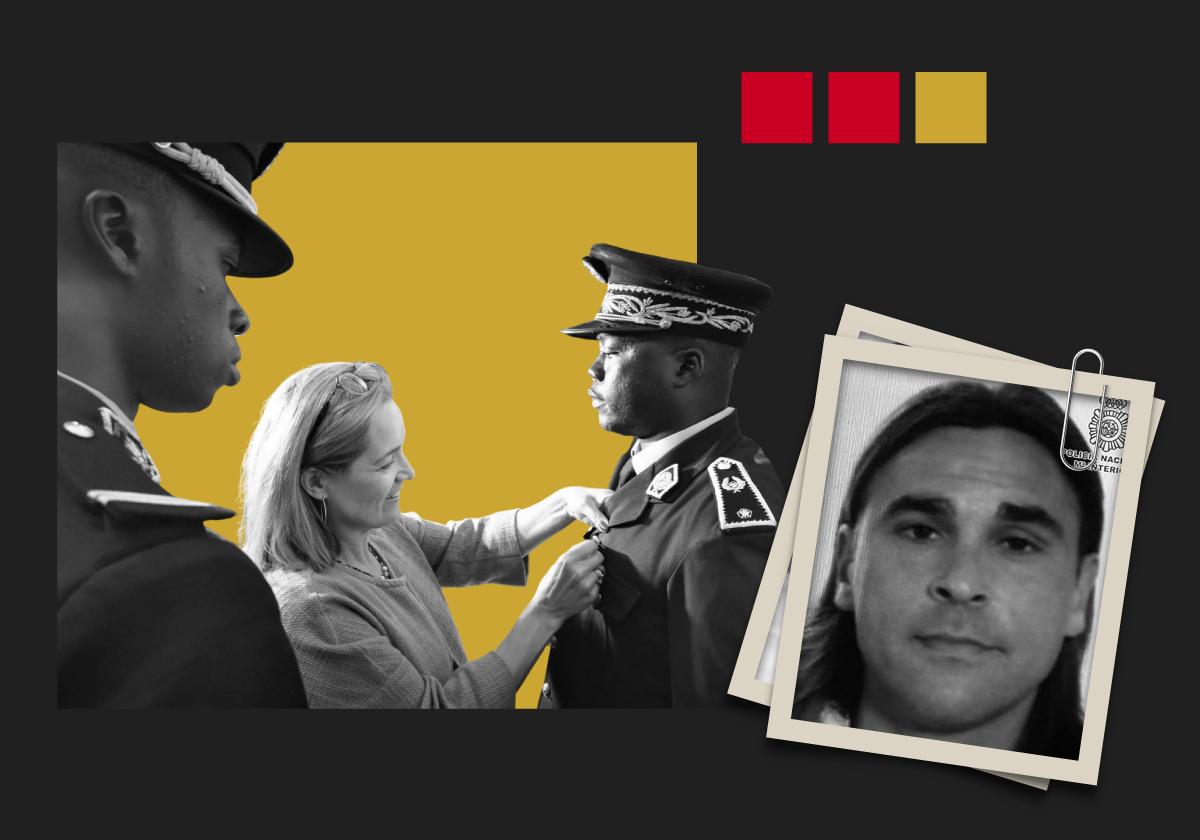The Killer Bricklayer Who Fled from El Dueso to Senegal
The Supreme Court rejects Guillermo Fernández Bueno's appeal to reduce his 26-year sentence for raping and murdering a woman in Vitoria under the 'yes means yes' law. After a failed escape in 2018 - covering 4,400 kilometres with his girlfriend - he will be released in twelve months.
David González
Saturday, 7 June 2025, 00:32
As she did every morning, Ana Aguirrezabal opened the 'Acua' bar in the Santa Lucía neighbourhood of Vitoria to clean and prepare it for opening. When the first waitress arrived at around 6:50 am, she discovered Ana's body. Ana was 34 years old. She was "tall, beautiful, blonde, very reserved." She was in the wrong place at the wrong time.
On December 14, 2000, few in the neighbourhood knew that a homicidal rapist was lurking among them, blending in as just another resident. His name was Guillermo Fernández Bueno, a 23-year-old bricklayer from Cantabria who had only been in the Basque capital for a few weeks. He lived with his brother in a rented flat just metres from the crime scene.
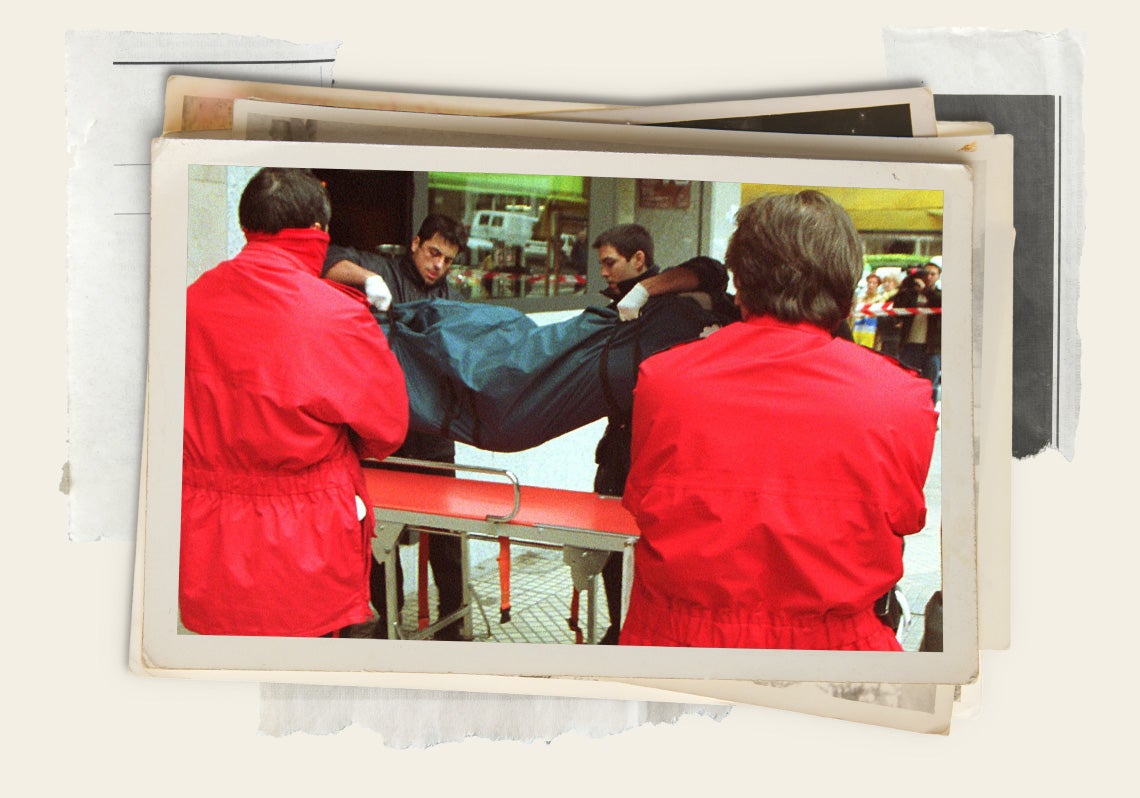
"Although these were times when murders bore ETA's hallmark, the initial investigations into this crime quickly turned towards a sexual motive. This undoubtedly left a great sadness in the Vitoria population and concern within the Local Police and the Ertzaintza," shares Miguel Ángel Echevarría, then Councillor for Citizen Security.
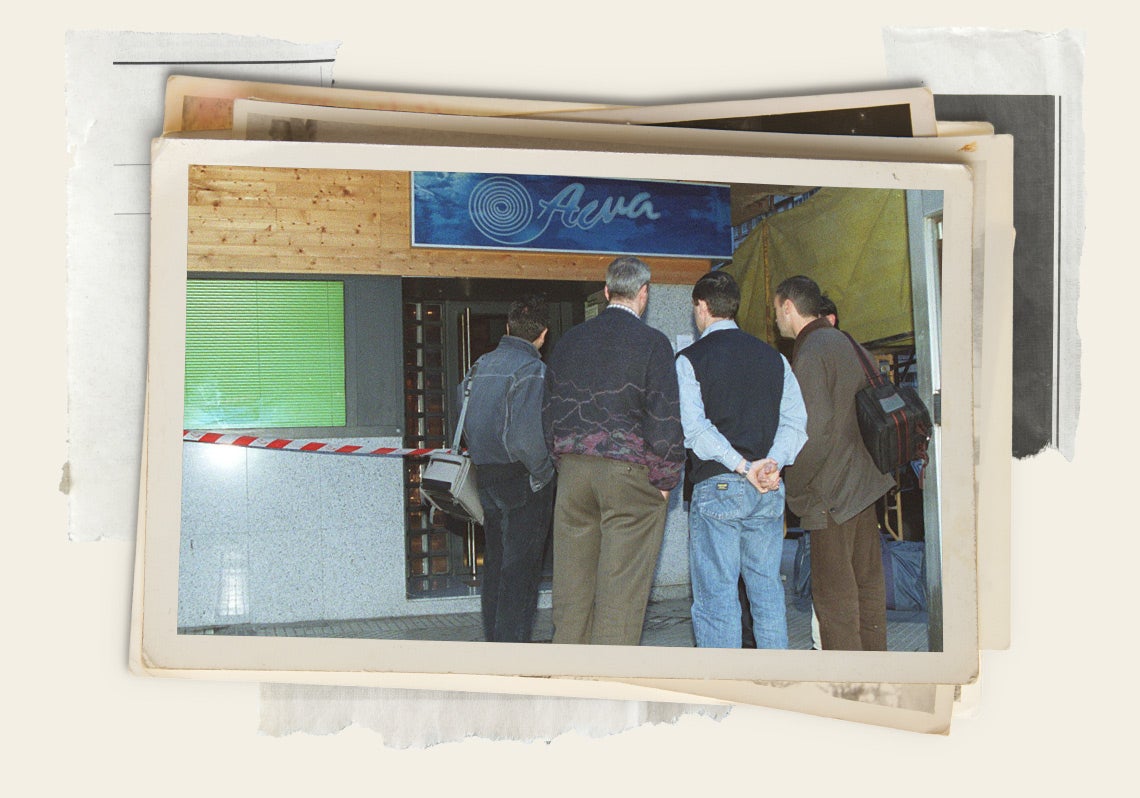
A quarter of a century later, many in this Vitoria neighbourhood remember that murder. Imprisoned since then, Guillermo has returned to the spotlight from the darkness of his cell, now in Aragón. A few days ago, the Supreme Court rejected his request to reduce his sentence by two years under the 'yes means yes' law. He sought a benefit "with retroactive effect." With that last judicial escape route sealed, he will be released on July 8, 2026, at the age of 49, having wasted more than half his life behind bars.
"We are talking about a double rapist and murderer," recount officers of the regional police involved in his capture. Just a month before the 'Acua' bar crime, Guillermo sexually assaulted a baker after sneaking into her shop in the early morning while she was preparing goods. This victim, whom he threatened with death if she reported the incident, proved crucial in the arrest of this self-employed man accustomed to moving from job to job across various Spanish cities.
"Extreme Sadism"
The violence used against Ana shocked Ertzaintza investigators. The victim was struck with a bottle, leaving her dazed. She was raped while being suffocated. The killer finished her off with several cuts to the neck. "The perpetrator, whose identity was initially unknown, acted with extreme violence and sadism," recall officers involved in the fatal case.
"He moved through many cities. I do not rule out that he might have killed or raped before coming to Vitoria"
Ertzaina
Participant in the investigation
"The victim had cleaned the floor. The killer did not account for everything being spotless. He was the first to enter. We found some very distinctive sneaker prints and investigated from there," indicate these officers, several now retired. Also crucial were "some drops of blood" detected on the bar counter. They belonged to the killer. As did some fibre traces from the man's jacket and trousers found on the victim's body.
Unaware of the investigation, Guillermo continued to frequent this bar as if nothing had happened. He was a regular customer. On January 6, 2001, thanks to the evidence obtained and the testimony of the raped baker, plainclothes officers arrested him while he was playing a slot machine at 'Acua'. Three days later, after confessing to the murder but not the sexual assault, he was incarcerated in the Álava penitentiary centre, better known as Zaballa, given the overwhelming evidence against him.
"My theory, due to the violence used and because he worked as a bricklayer, which allowed him to move from city to city, is that he might have raped before, or even killed," reveals one of the police investigators, now retired. This hypothesis could never be proven.
In May 2002, he received his first conviction. The Provincial Court of Álava sentenced him to 9 years in prison for the baker's rape. The ruling mentioned a "red jacket" he wore that morning, matching the fibres found in the Santa Lucía neighbourhood bar. The decision also highlighted the young Cantabrian's "dangerousness."
"I Didn't Kill Her"
Six months later, this bricklayer faced his second criminal trial for "murder" and "sexual assault." He appeared with a look far removed from the one he had before his arrest. He cut his punk ponytail. He replaced it with a neat mane, librarian glasses, and a suit.
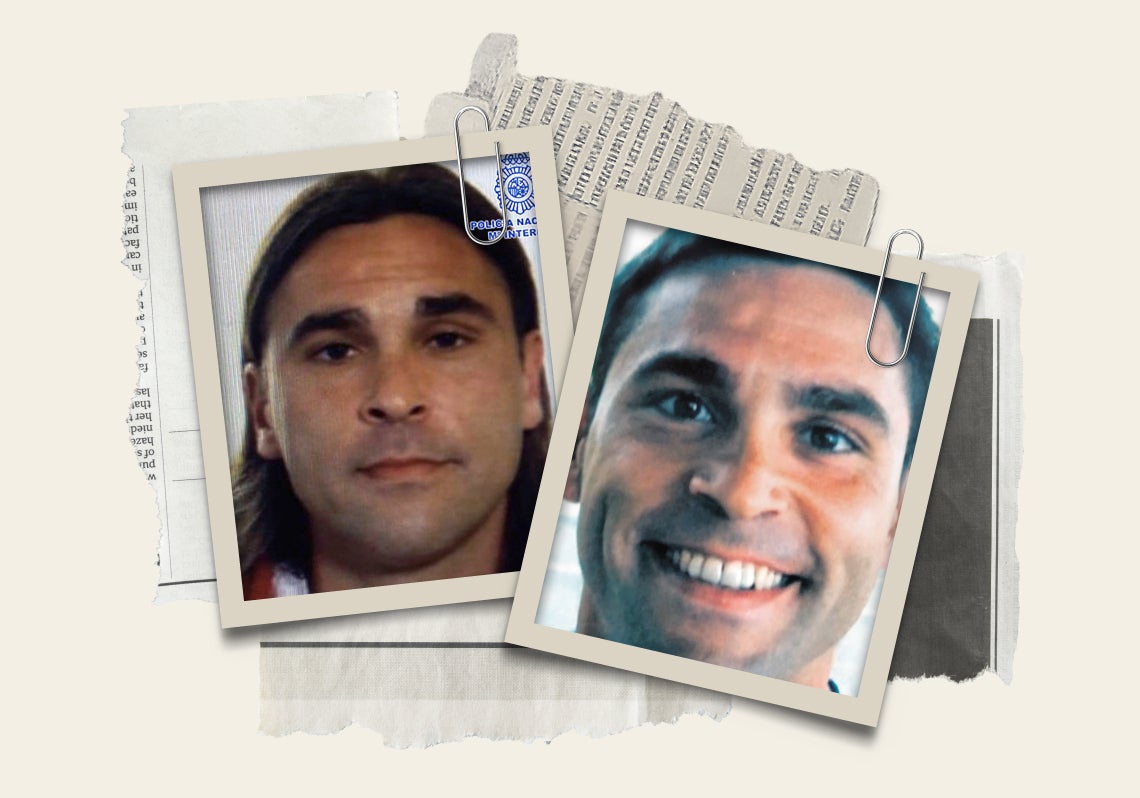
He denied the crime, also the rape. "I didn't stop going to the 'Acua' bar because I didn't kill her," he claimed. The bulk of the evidence against him was so overwhelming that the strategy served him little. The psychiatrists who examined him described him as a person "very dangerous to himself and others." One even described him as "antisocial" and with a "sadistic-aggressive" personality, probably due to the abuse he suffered as a child at the hands of his mother.
Judge Jesús Poncela, newly arrived at the post, sentenced him to 17 and a half years for suffocating and slashing Ana's neck and another 9 years for the sexual assault. In total, 26 years. "Throughout the trial, he seemed cold, very cold. After all this time, I would highlight that icy gaze," evaluates today the current president of the Criminal Chamber of the Provincial Court of Álava, who weekly decides on alleged sexual aggressors, murderers, thieves, swindlers, or corrupt individuals.
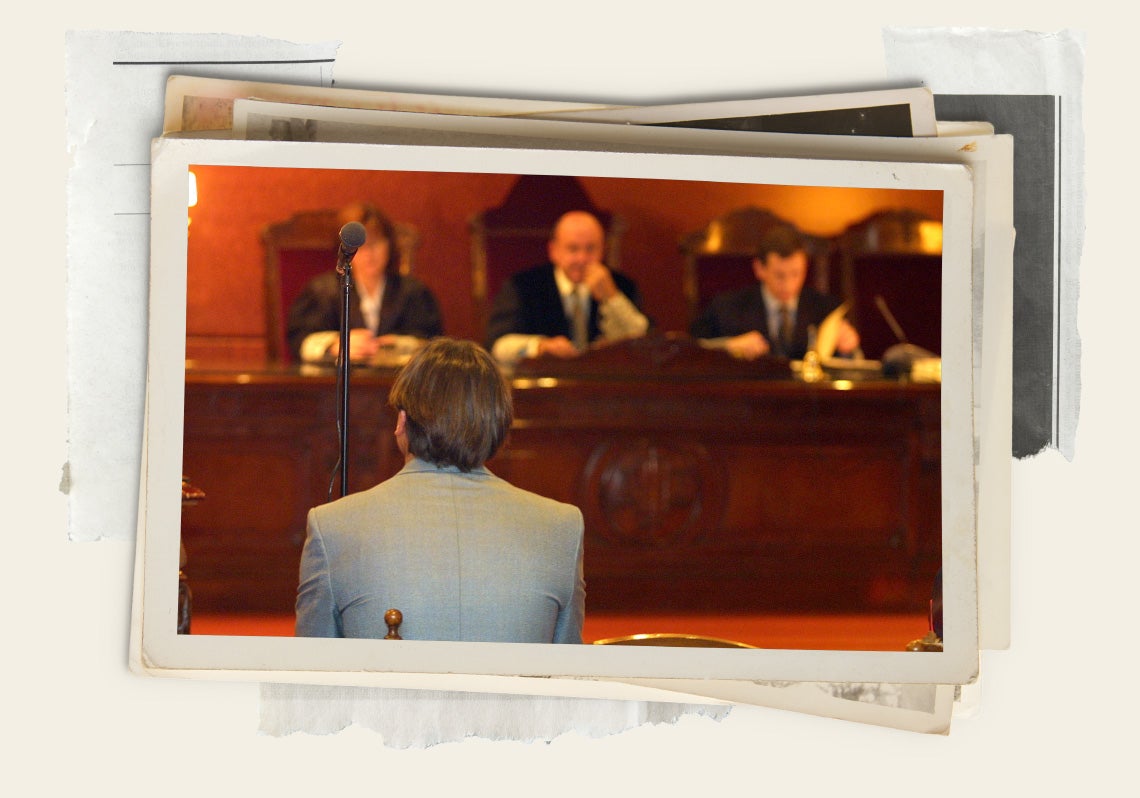
From there, he moved through three different prisons until ending up in 2009 at El Dueso, in Santoña, closer to his family. In between, his lawyer managed to consolidate his various sentences - with a total of 35 years - and reduce them to the current 26.
"Throughout the trial, he seemed cold, very cold. After all this time, I would highlight that icy gaze"
Jesús Poncela
Judge who sentenced him to 26 years in prison
He completed a course to reintegrate rapists, secured a position in the prison infirmary. This good path led to the granting of permits of up to three days. He began a romantic relationship with a volunteer from El Dueso's prison ministry. He applied for third-degree status three times and was denied each time after the Prosecutor's Office appealed.
Shortly after that third setback, he was granted his first one-week permit. From July 15 to 22, 2018. During those days, he travelled across the peninsula in a Volkswagen van with his girlfriend. They took a ferry to Morocco. They crossed Mauritania and entered Senegal. "By then, he was already being sought," reveal police sources. As a precaution, Guillermo used a fake passport at each border crossing. "But his girlfriend showed hers, so we knew where he was and could predict where they might go."
Alerted from Spain, the Senegalese police arrested them at the Karang border crossing. They had travelled nearly 4,400 kilometres.
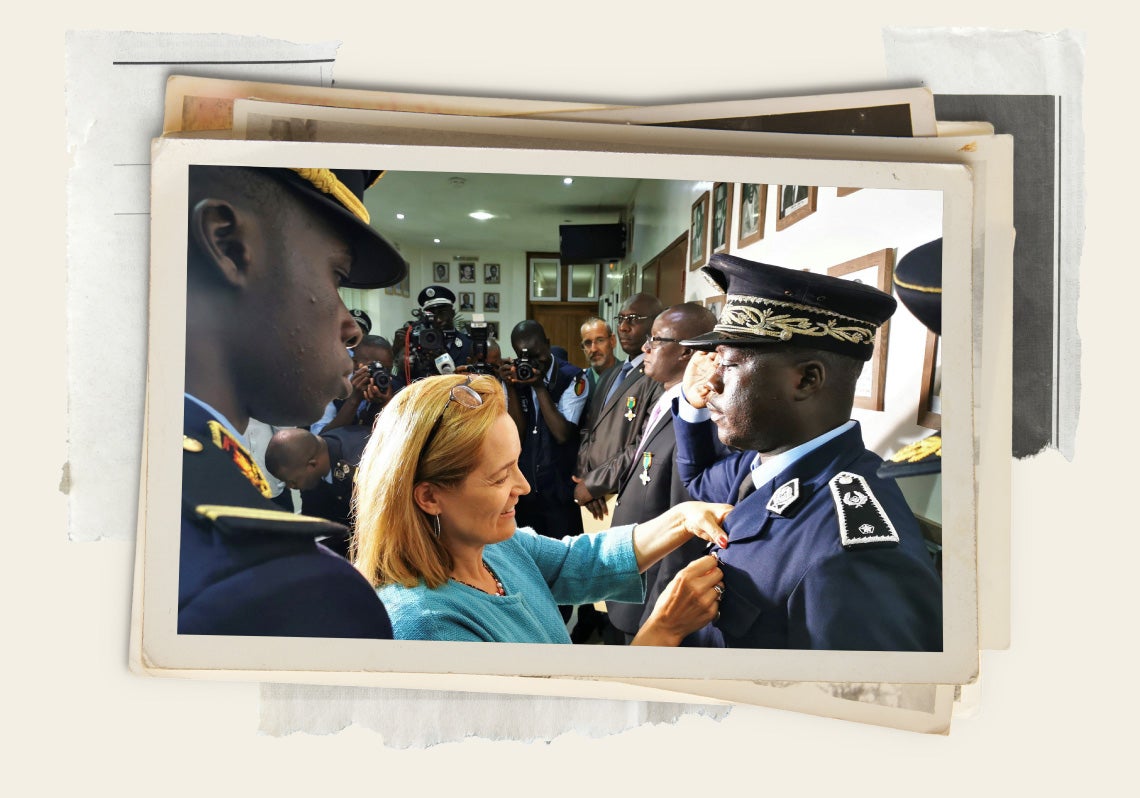
Without an extradition treaty, Guillermo remained in a Senegalese prison from July 30, 2018, to December 12, 2019. "I can't even imagine what life is like there," confides a prison officer from the Álava prison of Zaballa, where the protagonist of this story spent some time.
Relocated to Zuera (Zaragoza), his last move was to appeal to the 'yes means yes' law to shorten his prison stay. "Had his appeal been upheld, he would have achieved a reduction of up to two years and would already be free," judicial sources specify. He hit a wall. The Provincial Court of Álava and now the Supreme Court require him to serve every last minute of his sentence. That moment will arrive on Wednesday, July 8, next year.



